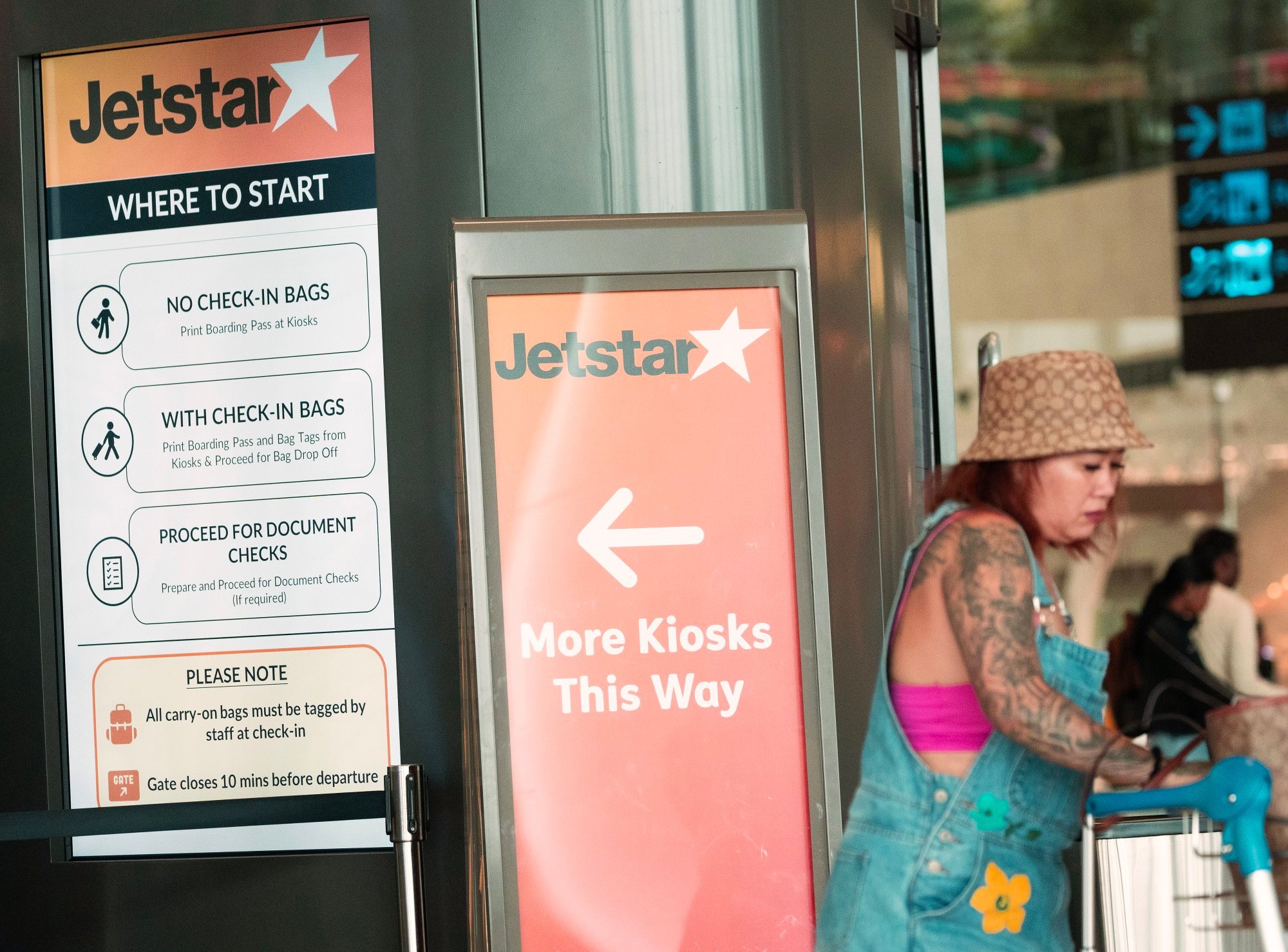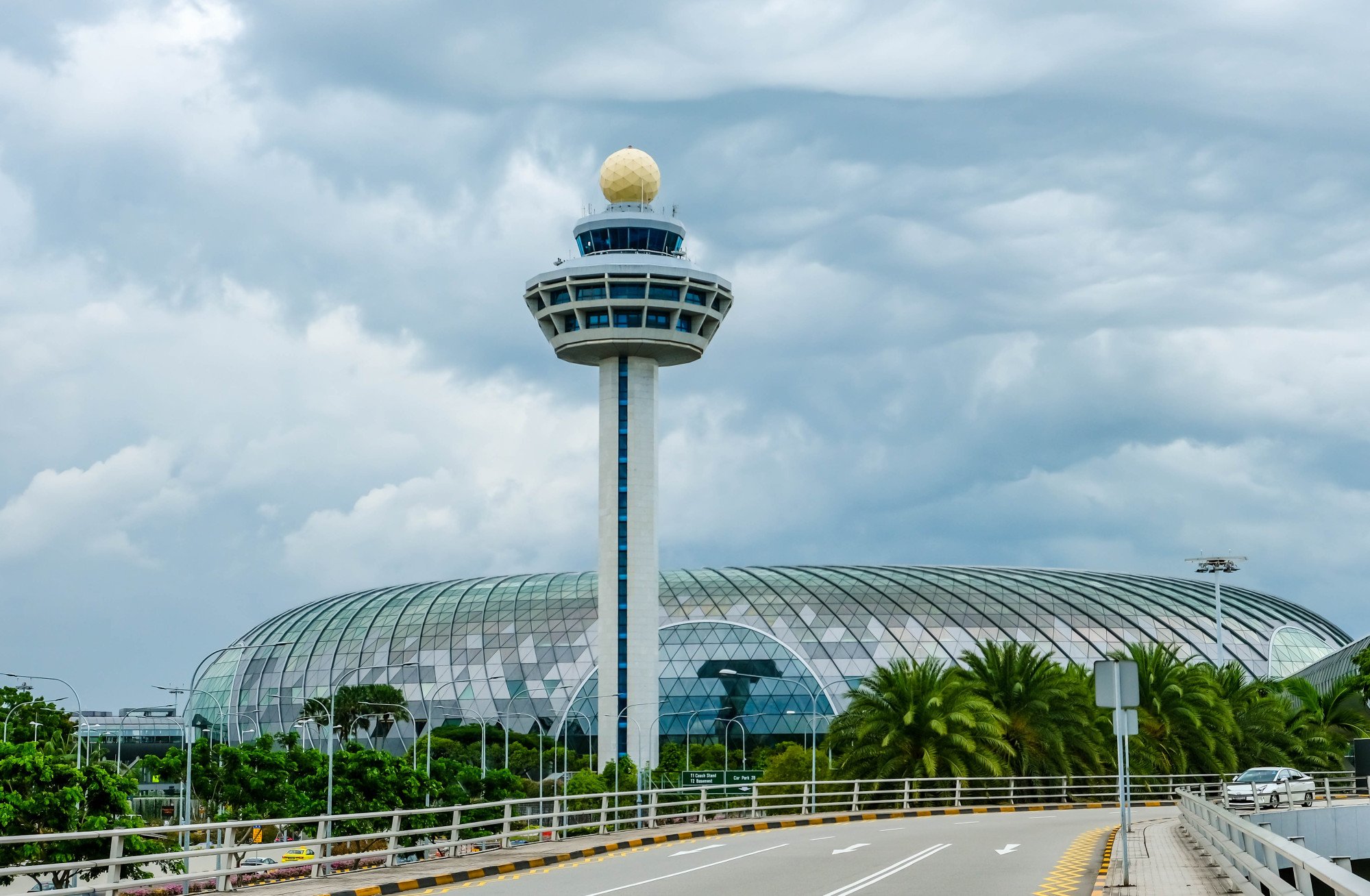Jetstar Asia’s exit signals turbulent times for low-cost airlines
The low-cost arm of Australian airline Qantas says it will shut down next month due to rising operating costs and competition

The shutdown of Singapore-based airline Jetstar Asia is a sign of turbulent times ahead for budget carriers in the region as they grapple with higher costs and stiffer competition, aviation analysts have said.
On Wednesday, Jetstar Asia, the low-cost arm of Australian airline Qantas, announced that it would close down at the end of July.
The decision followed a review of the budget airline, which had in recent years been challenged by rising supplier costs, airport fees, aviation charges and competition in the region, Jetstar group said in a statement.
Jetstar added that the increase in costs was projected to continue, putting unsustainable pressure on its ability to offer low fares, which was fundamental to its business model.
“Unfortunately, increasing competition in the region, high market capacity and rises in supplier costs and airport fees over recent years mean that we simply can’t continue to offer the low fares that we are proud of and committed to,” Jetstar group chief executive Stephanie Tully said.
Linus Benjamin Bauer, founder of aviation consultancy BAA & partners, said Qantas was rightly reallocating capital to higher-yield opportunities.
“This is a warning sign. In a post-Covid world, cost discipline and market relevance are non-negotiable. Expect more market exits or strategic retrenchment, especially in fragmented, overserved low-cost carrier markets like Southeast Asia,” he said.
More than 500 staff members of Jetstar Asia in Singapore will be laid off. They will receive four weeks’ salary for every year they worked with the company, a bonus payment for the financial year of 2025, a special thank you payment and continued access to staff travel benefits for a period equivalent to their tenure, a Jetstar group spokesman told local media outlets.
The closure will provide Qantas with A$500 million (US$325.9 million) to invest in its fleet renewal. Australia’s national airline will also redeploy 13 planes for routes across Australia and New Zealand.
Launched on December 13, 2004, Jetstar Asia was the third-largest carrier operating out of Changi Airport after Singapore Airlines and its low-cost unit Scoot, according to a Reuters report citing findings from aviation data firm Cirium.

Analysts said that the closure did not come as a surprise since the airline – in which Singapore firm Westbrook Investments holds a 51 per cent stake with Qantas owning the remainder – was only profitable for six of its 21 years of operation. Jetstar Asia is set to make a A$35million loss in this financial year, according to Qantas.
Jetstar Asia’s exit next month comes after Changi Airport last November announced it would progressively increase its charges for passengers and airlines over six years.
From April, airlines had to pay higher landing, parking and aerobridge charges depending on the aircraft, with a 50 per cent rebate on the increases for the first six months.
For an Airbus A320 aircraft, which Jetstar Asia uses, the landing, parking and aerobridge charge of S$1,200 (US$933) per landing last November was to rise by an average of S$110 per landing for the first three years from April, and then rise at an average of about S$65 per landing for the subsequent three years.
The price hikes were to help offset investments in the airport’s infrastructure, which would cost S$3 billion over six years, said Changi Airport Group and the Civil Aviation Authority of Singapore last November.
Sheldon Hee, International Air Transport Association’s (IATA) regional vice-president for Asia-Pacific, pointed out Jetstar’s closure highlighted the challenging nature of the airline industry. He said: “Aviation stakeholders across the value chain have a critical role in helping airlines manage the escalating operating costs across the region.”
While IATA is expecting airlines globally to collectively make a net profit margin of 3.7 per cent, with a profit per passenger of US$7.2 this year, this is reduced to a 1.9 per cent net profit margin with a US$2.6 profit per passenger for airlines in Asia-Pacific.

“It is a very thin buffer, and with margins this low, any cost increase can impact an airline’s viability,” Hee said.
Bauer noted that many airlines were still operating under pre-pandemic pricing models but a “vastly more expensive cost base”.
“Carriers without scale, strong backing, or network differentiation are most at risk. We can expect further exits or consolidation, especially among smaller or second-tier low-cost carriers,” he said.
Shukor Yusof, an aviation analyst at Endau Analytics, said the strength of the Singapore dollar compared with the Australian dollar, would have had a negative impact on costs for Jetstar Asia.
The Singapore dollar has risen strongly against the Australian dollar in the past few years. As of Wednesday, it was trading at S$1 to A$1.19, up from A$0.95 in February 2021.
Yusof noted that the exchange rate costs faced by Jetstar Asia were exacerbated by the increase in competition among low-cost carriers, including AirAsia and the deep-pocketed Scoot, which is backed by the Singapore government’s investment company Temasek Holdings.
“Scoot has been finding imaginative ways of flying by adding destinations that were previously thought unthinkable, which made it a real challenge to Jetstar and even AirAsia. When you’re a low-cost carrier, you have to be creative to find new niches to set you apart from the rest,” Yusof said.
Brendan Sobie, founder of aviation consulting and analysis firm Sobie Aviation, likewise noted there had been a lot of cost pressure on the budget airline market in Singapore.
He argued that the Jetstar group would find the Australian market more attractive for its aircraft than Singapore, which was why it could not justify restoring its capacity to pre-pandemic levels.
“Jetstar has a limited fleet and doesn’t expand so aggressively compared to other low-cost carriers. Australia is such a different market. It’s very high yielding while Singapore is now low yielding with high costs, which make it difficult to make money. Hence the recent losses,” Sobie said.

Alan Lim, a director at Alton Aviation Consultancy, noted that labour costs in Singapore were also higher than in neighbouring countries and this would affect the industry’s competitiveness when comparing across countries but not for airlines within the same country.
“Given that the sector is heavily dependent on leisure travel, the increasing competition has created downward pressure on prices,” said Lim, noting that Jetstar Asia only was operating about half of its pre-pandemic capacity levels, exacerbating its difficulty in competing effectively against its rivals, which had almost fully recovered.
While low-cost carriers had faced lower-yielding routes and thin margins even as demand had increased in recent years, Lim argued their model remained robust.
“Low-cost carriers have managed to attract new customer segments such as business travellers as some of them have shifted their positioning to be more competitive against full-service carriers,” he said.
“With a growing middle class in Southeast Asia, the demand for low-cost travel remains strong,” added Lim, who pointed out that low-cost carriers had grown to account for about half of the seat capacity in Southeast Asia.
Kadam Aggarwal, a partner at management consulting firm YCP Auctus who specialises in aviation, argued that demand remained healthy for low-cost carriers in the region. On higher costs faced airlines for flying into and out of Changi Airport, he said more time was needed to see how the low-cost carriers would adjust to these changes.
Prices would not be expected to rise significantly for passengers since Jetstar mostly operated routes served by many other airlines, he said.
“The more worrisome part is the few routes that only Jetstar operated because then passengers will have to pay more or increase travel time to transit,” he added.
Jetstar Asia exclusively served four routes that travelled from Changi Airport to Broome in Australia, Labuan Bajo in Indonesia, Okinawa in Japan and Wuxi in China.
Yusof, however, predicted a gloomy outlook for low-cost carriers in the next six months to a year.
“The days of cheap travel and high tourism in Southeast Asia are about to come to an end as a result of the uncertain global economy. All this bullish talk about tourism is not reflective of the wider situation of uncertainty, and the airline industry is, unfortunately, at the mercy of this,” he said.